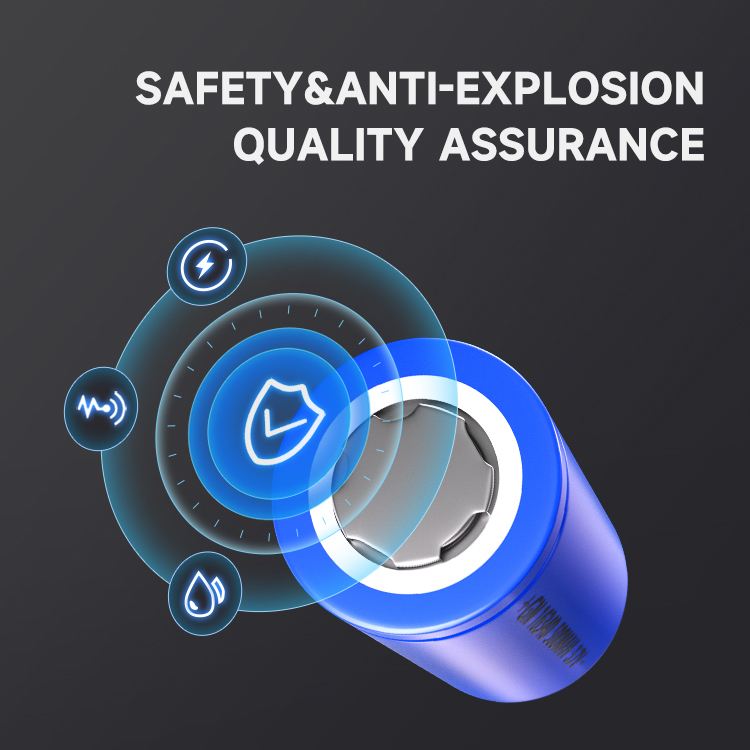

Recently, a research team led by Li Xianfeng and Zhang Huamin, researchers at the Energy Storage Technology Research Department of the Dalian Institute of Chemical Physics, Chinese Academy of Sciences, made new progress in the research of alkaline zinc-iron flow batteries. The relevant research results were published in Nature Communications. )superior.
Recently, a research team led by Li Xianfeng and Zhang Huamin, researchers at the Energy Storage Technology Research Department of the Dalian Institute of Chemical Physics, Chinese Academy of Sciences, made new progress in the research of alkaline zinc-iron flow batteries. The relevant research results were published in Nature Communications. superior.
Energy storage technology is the key core technology of distributed energy systems. In recent years, the alkaline zinc-iron flow battery energy storage technology developed by this research team has the characteristics of low cost, high safety, high open circuit voltage and environmental friendliness, and has good application prospects in the field of distributed energy storage.
Despite this, alkaline zinc-iron flow batteries are accompanied by problems with zinc dendrites and zinc accumulation during the charge and discharge cycles, which affects the reliability of the battery. Therefore, solving the problems of zinc dendrites and zinc accumulation and improving battery reliability are the keys to the practical use of alkaline zinc-iron flow batteries.
In order to solve the above problems, the research team introduced a negatively charged porous ion conductive membrane into an alkaline zinc-iron flow battery based on their deep understanding of ion conductive membranes (Chem.Soc.Rev.).
By utilizing the repulsive effect of negative charges on Zn(OH)42- ions in the ion-conducting membrane, the deposition direction of zinc changes from along the ion-conducting membrane to along the electrode side during the charging process of the alkaline zinc-iron flow battery, thus avoiding zinc dendrites. The crystals cause damage to the separator and greatly improve the cycle stability of the battery.
In addition, this design can significantly increase the areal capacity of zinc-based redox flow batteries, which to a certain extent solves the problem of limited areal capacity of the zinc negative electrode of traditional zinc-based redox flow batteries. The research results have important reference significance for the regulation of zinc anode in zinc-based batteries.

Popular recommendation
Ni-MH battery packs.Circuit to eliminate the memory effect of nickel-cadmium batteries
2023-10-09Nickel Hydride Batteries.Introduction to technical rules for operating safety of polymer lithium-ion
2023-10-08AG3 battery.What is the production process of 18650 lithium battery?
2023-10-09Ni-MH battery pack.Introduction to vacuum distillation recovery technology of scrap nickel-cadmium b
2023-10-09AG4 battery!Five innovative battery technologies in the future: lithium batteries have huge room for
2023-10-08The Challenge of Rechargeable Batteries
2022-11-14AG1 battery.What is the production process of 18650 lithium-ion battery pack?
2023-10-0918650 battery rechargeable.A major breakthrough in power lithium battery technology, electric vehicl
2023-10-08AG2 battery.What is the process of making 18650 lithium-ion battery pack?
2023-10-09701224 polymer battery.Coating technology puts a safety coat on button batteries
2023-10-093.7v 3000mah 18650 battery.18650 battery cell
2023-10-13cr2032 3v lithium battery.How to Use the Lithium Battery of a Sweeping Robot Correctly
2023-10-10